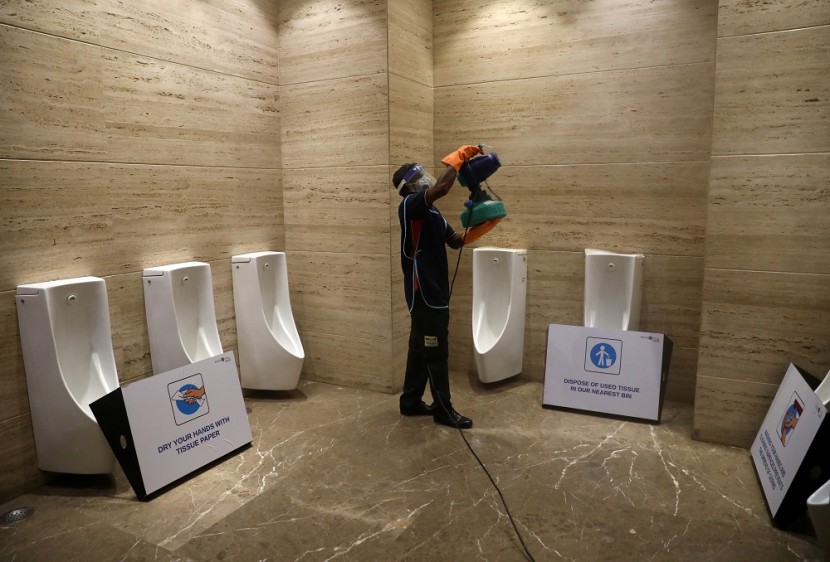
Another call is made to practice vigilance in alleviating the spread of COVID-19: your practice after using the toilet.
Scientists have discovered that aside from flushing out any business you have left behind, clearing out a toilet can initiate aerosol droplets rising almost 3 feet.
Forgetting to sanitize is concerning. Now, another dilemma arose with potentially contracting the novel coronavirus when you flush the toilet, reported B1039.
Scientists are unsure if a public or private restroom can transmit the coronavirus. Future common places could have to be done over.
The aforementioned droplets are probable to be inhaled by the next individual who uses the particular toilet or others in nearby stalls, according to KHN.
As quarantine measures gradually loosen, a growing number of public places are opening up and reverting to normal operation.
A semblance of normalcy may be reverting back, but we are facing a shortage of open public toilets, reported Yahoo! News. A public loo could be available occasionally, but overall, comfort rooms remain closed.
The droplets may also land on bathroom surfaces where it is known that the virus can linger for numerous hours.
The plume is not merely disgusting but as simulations showed, it can transmit contaminating coronavirus particles in the surrounding air or shed in an individual's stool.
On Tuesday, the research on the topic as indicated in the Physics of Fluids journal further adds to mounting evidence that the virus can be transmitted aside from respiratory droplets but also through contaminated feces too.
Also Read : Singles Urged to Find a 'Cuddle Buddy' or 'Support Bubble' Amid Pandemic in UK, Netherlands
It is not yet made known if public or shared comfort rooms are a regular source of the virus' transmission. The study underscores the prerequisite amid the coronavirus pandemic to reevaluate a number of common spaces individuals share.
An advisory from researchers is that when using a public comfort room, the most suitable thing to do is close the seat cover to diminish the possibility of droplets infecting the user.
Experts are seeking out measures to get around the lack of restrooms available.
The flush itself may produce a cloud of contagious aerosol lingering in the encircling air.
"The aerosols generated by toilets are something that we've kind of known about for a while, but many people have taken for granted," according to Joshua L. Santarpia, a professor of pathology and microbiology at the University of Nebraska Medical Center. "This study adds a lot of the evidence that everyone needs in order to take better action."
On the occasion that bathroom surfaces are touched, and the individual subconsciously touches their eyes, mouth, or nose, the infection can then be absorbed.
COVID-19 is prevalent in the lungs and upper respiratory tract's cells. But research discovered it can also land on the small intestine's cell receptors. According to infected patients, their symptoms included nausea, diarrhea, and vomiting.
Despite being a respiratory virus, the poo of an individual can spread coronavirus, human coronaviruses (the identified group of viruses that COVID-19 is a part of) are marked by fecal-oral transmission.
The new study indicated, "It can be concluded that faecal-oral transmission is not a unique feature of the currently raging SARS-CoV-2 but a common transmission channel for most viruses."
Related Article : COVID-19 Lab-Made? Norway Scientist Claims Its Origin is Not Natural
© 2026 HNGN, All rights reserved. Do not reproduce without permission.







